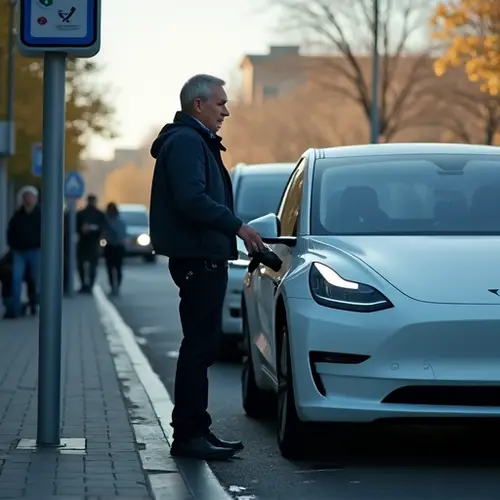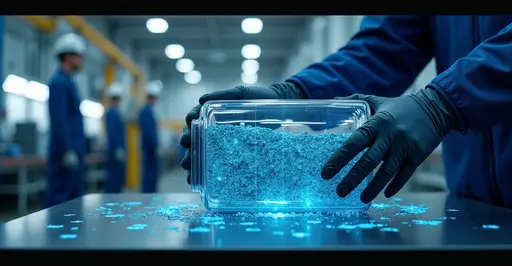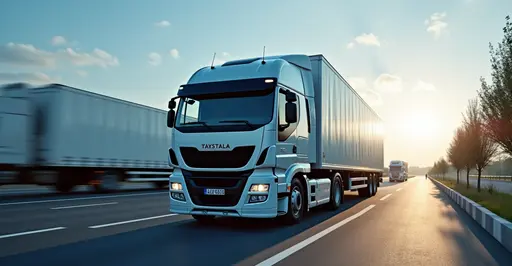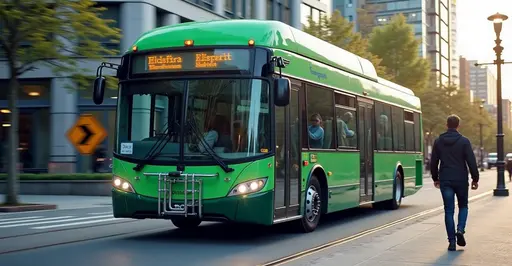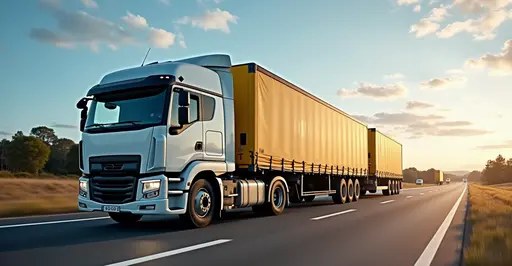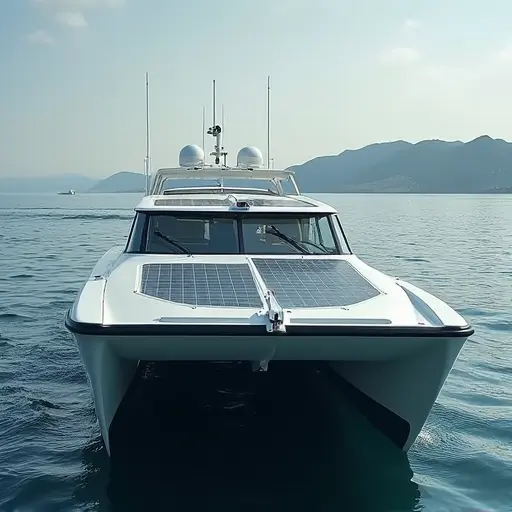
Electric Boats Are Finally Becoming Practical
After decades of development, electric boats are making significant waves in the marine industry. Innovations in battery technology and solar integration are transforming what was once a niche market into a viable alternative to traditional fuel-powered vessels.
Battery Breakthroughs Lead the Charge
The key advancement comes from lithium-ion batteries that now offer 3-5 times more capacity than models from just five years ago. Companies like Torqeedo and ePropulsion are producing marine batteries specifically designed for watercraft, with waterproof casings and rapid-charge capabilities. These power units can now propel mid-sized boats for 6-8 hours at cruising speeds.
Solar Integration Extends Range
Many new electric boats feature integrated solar panels that continuously recharge batteries during daylight. The Swedish-designed X Shore Eelex 8000 demonstrates this with its solar canopy that adds up to 20 nautical miles of range daily. "It's like having a perpetual fuel source," says engineer Anya Bergström.
Economic and Environmental Advantages
Operating costs show dramatic savings: electricity is approximately 1/10th the cost of diesel fuel per nautical mile. Maintenance is simpler too, with electric motors having fewer moving parts. Environmentally, they eliminate water pollution from fuel spills and reduce noise pollution by 75%, creating quieter waterways.
Real-World Adoption Accelerates
The 2025 Enjoy the Silence Electric Boat Show in Gothenburg featured over 50 manufacturers showcasing new models. From compact tenders to 40-foot solar-electric catamarans, the variety proves the technology's versatility. Major ferry operators in Norway and Canada are testing electric passenger vessels for coastal routes.
Challenges and Future Developments
Charging infrastructure remains the biggest hurdle, though major marinas are installing high-voltage stations. Battery weight is decreasing steadily, with graphene-based cells promising another 30% weight reduction by 2027. As prices continue to fall, industry analysts project electric boats will capture 25% of the recreational market by 2030.

 Nederlands
Nederlands English
English Français
Français Deutsch
Deutsch Español
Español Português
Português



